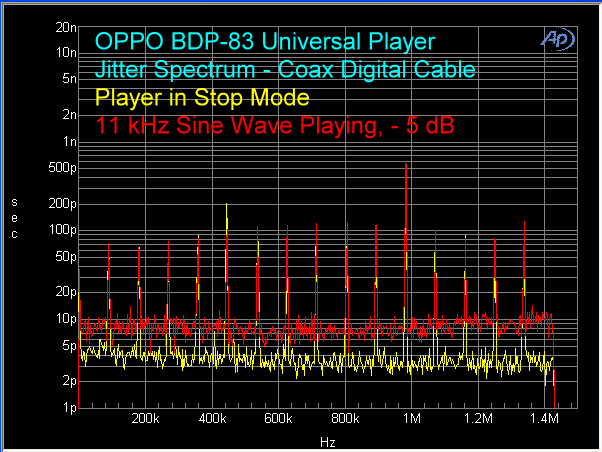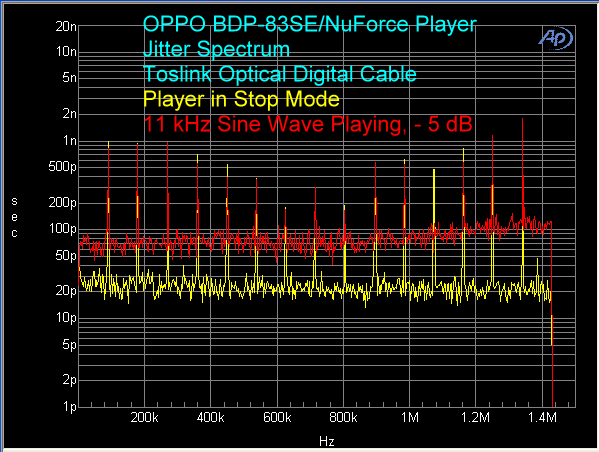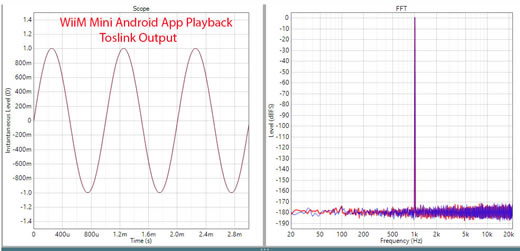Toslink or Coax
The standard to connect two audio components ‘digital’ is based on the S/PDIF protocol.
It can be done optical (Toslink) or electrical (coax).
Both have their pros and cons.
Optical out (TosLink) provides great isolation from the RFI of the computer. (You will still want to put a power line filter on the computer to keep the RFI from its switching power supply out of the rest of your system.)
The problem with TosLink is that it is S/PDIF, which inherently adds jitter. The faster the rise time of the data link, the less jitter gets added. TosLink is pretty slow and the rise times are slow enough that it can barely handle the data rates for S/PDIF. So there is more jitter added than with a coaxial cable. Therefore TosLink is better than coax in one way and worse in another.
The end result will depend on how well your external DAC rejects jitter. Unfortunately there is no such thing as an S/PDIF DAC that completely rejects jitter, except for the Chord. It has a big buffer and it takes 4 seconds after you hit play before you hear music.
Charles Hansen (2009)

Coaxial

Optical (Toslink)
The Coax is about 7 times better than the Toslink in jitter performance.
But the values are very low, makes one wonder if the difference will be audible.
It shows you what a modern $1000,- Blu-ray player can do as far as jitter performance is concerned.
2023
Above describes the situation was in 2010.
Amir measured the Toslink out of a WiiM mini.
This is a typical € 100 consumer product.
It has a mediocre DAC.

The Toslink out is pristine.
Not a trace of jitter and a noise floor of -180 dBFS!
Makes the whole coax vs optical discussion a moot point.
- OPPO BDP-83SE (Special Edition) and NuForce Edition Universal Blu-ray Players - Secrets of Home Theater and High Fidelity (2010)
- WiiM Mini Review (Streamer) - Audio Science Review (2022)

